
Tag Archives Plant pathology
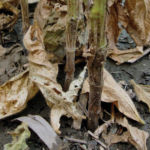
Root rot races revealed
The knowledge will help farmers and researchers plan their response to the soybean disease
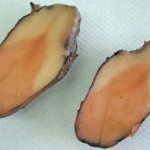
Cultural practices important for managing pink rot and leak
Environmental conditions can influence the appearance from year to year
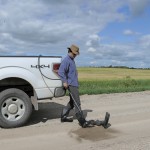
Biosecurity measures key to combating crop diseases
Potato wart, potato cyst nematode, bacterial wilt (or brown rot) and bacterial ring rot are all diseases of concern to Manitoba potato growers in 2015
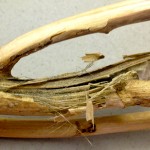
Disease a North American first
Where it came from isn’t as important as how it will be contained when it comes to verticillium wilt in canola
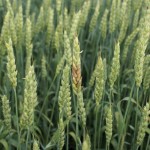
A new biocontrol for fusarium head blight in cereals coming
An Ontario company will use a fungal organism found on a Manitoba field pea leaf to ward off FHB and possibly other fungi
AgCanada boss says budget cuts won’t affect fusarium head blight research
Recently retired plant pathologists Andy Tekauz and Jeannie Gilbert will be replaced, but the positions will be in Morden, not Winnipeg
Agriculture and Agri-Food Canada isn’t easing up in the battle against fusarium head blight, says the director general for the department’s Prairie/Boreal Plain Ecozone. “Fusarium work is a high priority,” said Stephen Morgan Jones. “It is, along with the rust diseases, a very high priority for us.” Jones said two recently retired fusarium experts fromGoss’s wilt continues to spread
Goss’s wilt can be tackled through good management practices, but it may take genetic resistance to subdue the disease
It’s been four years since Goss’s wilt made its first appearance in Manitoba corn crops, and the disease shows no signs of abating. “It seems to have spread to most of the grain corn-growing regions of Manitoba,” said Holly Derksen, who spoke about the problem at a recent Special Crops Symposium in Winnipeg. Derksen, a

